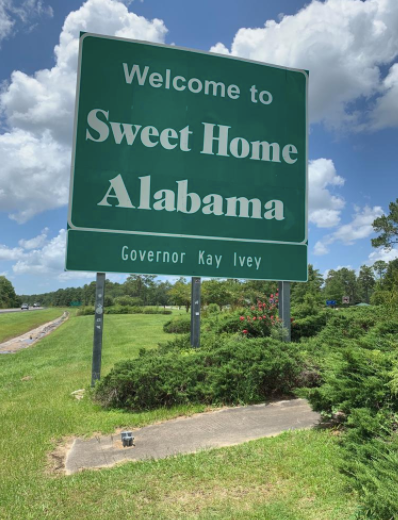
Alabama has some of the most prominent African American historical events of all the states. Given that it sat dead in the middle of the south, it was a flood for racism. Some historical cities are Selma, and the Brown Chapel AME Church that became the starting point for Montgomery Marches in the 1960’s as well as a role in the fight for voting rights. The famous Rosa Parks stand against segregation on a public bus led to the 1955 Montgomery Bus Boycott, and the violence targeted toward the Freedom Riders of the early 1960s brought the nation’s attention to racial hatred in Alabama. There are several sites and museums dedicated to all the major events that occurred in Alabama.
Birmingham
This city had momentous and historic events throughout the years, especially in the 1960s and onward. In Alabama’s Women’s Hall of Fame, Carrie A. Tuggle founded the Tuggle Institute and School, the first orphan home in Alabama for African-American boys. The Institute remained operated until Tuggle’s death on November 5th, 1924 and was later renamed Tuggle Elementary School in 1936.
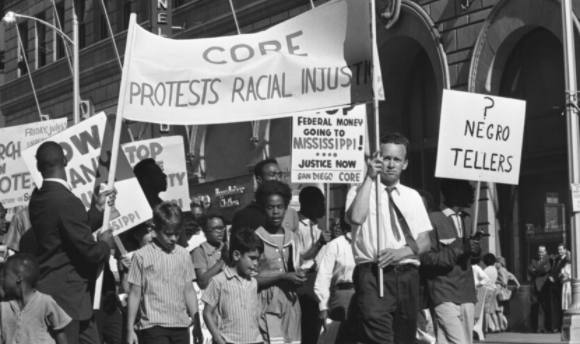
It contributed largely to the advancement of Black people and a lot of incredible Birmingham citizens graduated from this Institute, including Dr. A. G. Gaston, John T. Whatley, and Ersking Hawkins.
In 1914, Birmingham’s Lyric Theatre became one of the first in the South where Black and white audiences could see the same show for the same price. Also, speaking of A.G. Gaston, in 1954, Gaston created the A.G. Gaston Motel to provide higher class service to Black visitors. But, as Birmingham began to continue to develop and grow, so did the racism. Two years later after the Motel was developed, in 1956, the home of a Birmingham minister and civil rights leader, Fred Shuttlesworth was bombed. Luckily, Shuttlesworth was uninjured but his home was devastated. In response to this, he founded the Alabama Christian Movement for Human Rights (ACMHR) which also was a direct response to Alabama banning the NAACP. Also, the Freedom Riders arrived in Montgomery (which was also attacked) to test the 1960 Supreme Court decision prohibiting segregation in buses and train terminal facilities.
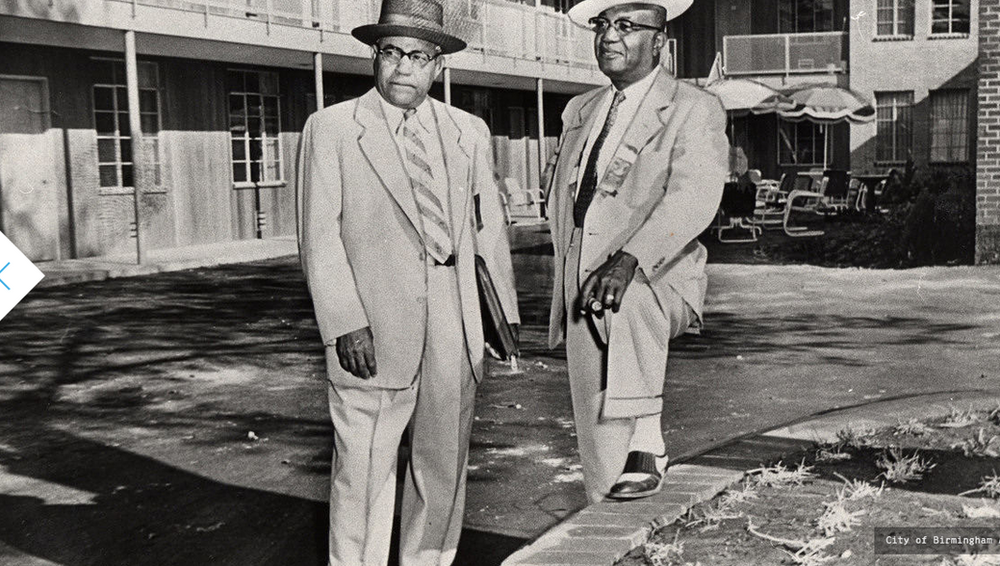
Rev. Martin Luther King, Jr. was invited to Birmingham to lead what became the Birmingham Campaign for Desegregation. This is also when King was jailed and wrote his famous letter from jail. Another bombing at the Sixteenth Street Baptist Church killing four young girls became a major issue during the Civil Rights Movement in Alabama.
This church was the first colored baptist church in Birmingham and had been around since 1873. This bombing brought major attention to Birmingham, while demonstrators continued to have peaceful protests, they were constantly turned against and now the world knew this. Despite all the turmoil, some great leaders were established here. Oscar Adams Jr. became the first African American to join the Birmingham Bar Association in 1966. Arthur Shores was appointed to the Birmingham City Council, making him the first African-American to serve as a councilman in 1968. J. Richmond Pearson and U.W. Clemon became the first African Americans elected since Reconstruction to the Alabama State Senate in 1974. Richard Arrington Jr. elected as the first African-American mayor of Birmingham in 1979 and he served in that post for nearly 20 years, until his resignation in July 1999. The first African American President of the Birmingham Bar Association in 1984 was J. Mason Davis who also was the first minority adjunct professor at The University of Alabama School of Law School. Many Black leaders held office during this time and years after, making major changes to the rights of all people of color in Birmingham, Alabama.
Mobile
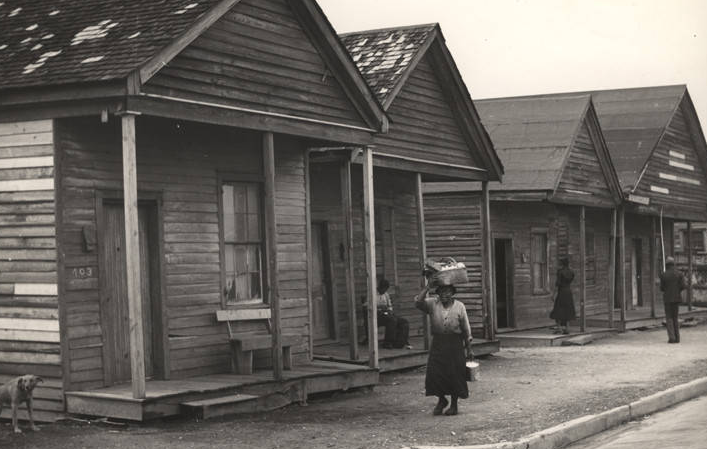
The importance of the African American community has been captured in Mobile and starts with the Dora Franklin Finley African – American Heritage Trail. The trail bridges across the city and shows important events and locations with the primary objective of sharing Mobile’s multicultural legacy by introducing visitors to over forty historic sites and venues.
Some venues are Africatown, where African survivors from Clotilda(the last slave ship to come to the US) landed. Hank Aaron, a Black baseball Hall of Famer, also has a site and was born here in Mobile. The Emerson Institute was a school that provided a diverse arts curriculum for the African American community despite oppression during the Jim Crow era founded in 1865 by Freedmen’s Bureau. It was also Mobile’s first school for the formal education of African-Americans and one of the few 19th-century normal schools for African-Americans in Alabama. Mobile is also known for having the oldest organized Carnival or Mardi Gras celebrations in the United States.
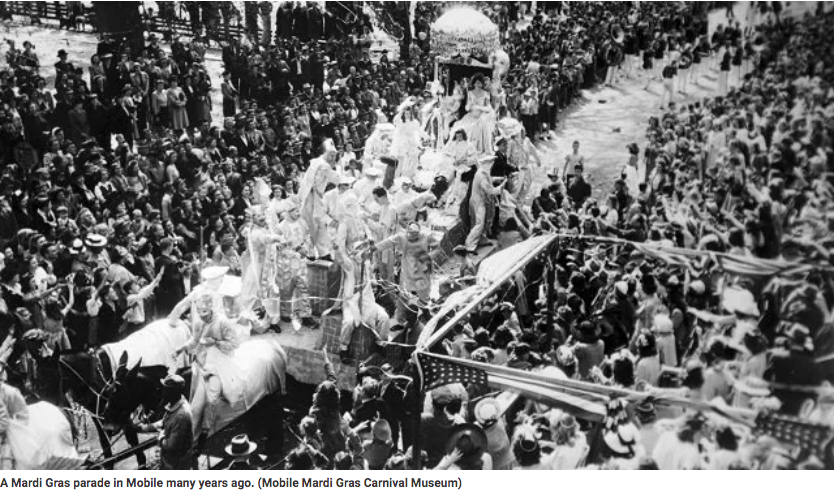
Although Mardi Gras was first observed in 1703 by French pioneers, by 1938 the first Black Mardi Gras parade finally made its way. By 1939, the first “Colored Carnival Association” formed. It later became Mobile Area Mardi Gras Association (MAMGA) naming Samuel Besteda the “First Mayor of Colored Mobile.” By 1940, the Colored Carnival Association selected its first king and queen Alex Herman and Aliene Jenkins.
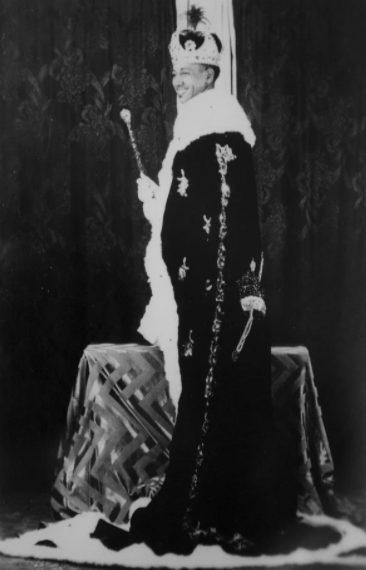
Mobile’s traditions come from all of its history with the French, Spanish, British, African, Creole, American, and even Swedish influences. If you are wondering what about New Orleans, well, yes, Mobile and New Orleans are widely interconnected, with both being the capital of French Louisiana in the early 18th century, and later, both under control of Spain.
Selma
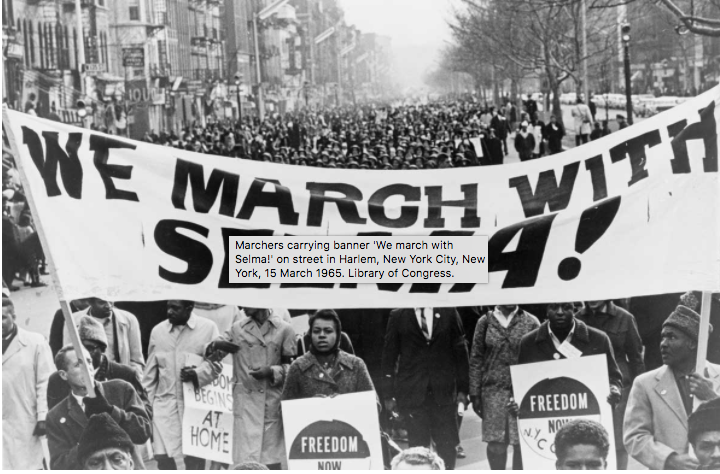
Selma is known for it’s Voting Rights Movement and the Selma to Montgomery marches. Starting with “Bloody Sunday” which was a march that led to 25,000 people marching for voting rights. The day of March 7, 1965 changed America forever. The president had denied voting rights to African American citizens and it sparked a protest. Leaders of the movement were Reverend Hosea Williams and John Lewis, starting with 600 marchers from the Brown Chapel Church to march 55 miles to Montgomery. The marchers got so far and were met by state troopers who attacked the marchers using whips, clubs and tear gas. The marchers did not even resist or retaliate as they continued to be assaulted. Five women were beaten into unconsciousness and 70 of the marchers required hospital treatment, including John Lewis who suffered a fractured skull; several hundred of the marchers were arrested.
Montgomery
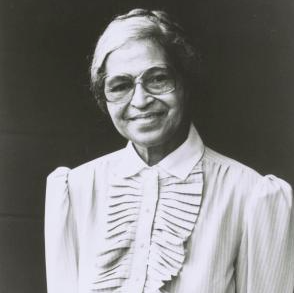
On December 1, 1955, Rosa Parks stepped onto a bus in Montgomery, Alabama. Instead of going to the back of the bus, she sat in the front. The front of the bus was designated to only white people, so when the the bus started to fill up with white passengers, the bus driver asked Parks to move. She refused. That resistance created one of the largest social movements in history; the Montgomery Bus Boycott. ,A permanent exhibit is on hand dedicated to the Montgomery Bus Boycott that followed Parks’ arrest. To ensure the boycott could be sustained, Black leaders organized carpools, and the city’s African American taxi drivers charged only 10 cents—the same price as bus fare—for African American riders.
Black leaders organized regular mass meetings to keep African American residents mobilized the whole time. About 40,000 Black bus riders boycotted the system the next day and the Black leaders met to form the Montgomery Improvement Association (MIA). The group elected Martin Luther King, Jr. as president, and decided to continue the boycott until the city met its demands. The demands were only for people to be courteous, hire Black drivers, and a first-come, first-seated policy, with whites entering and filling seats from the front and African Americans from the rear. On June 5, 1956, a Montgomery federal court ruled that any law requiring racially segregated seating on buses violated the 14th Amendment to the U.S. Constitution. The city tried to appeal to the U.S. Supreme Court, but they upheld the lower court’s decision and Montgomery’s buses were integrated on December 21, 1956, and the boycott ended. Although this law had passed fair and square, Black folks were still met with violence and hatred. Montgomery segregated it’s bus tops and snipers actually fired into buses striking Black passengers. Mostly members of the Ku Klux Klan, a white supremacist group, were responsible for all the violence involving the resistance.
Tuscaloosa
Tuscaloosa is full of stories of enslaved people auctioned before the Civil War, Native Americans exiled from their homelands, lynchings, legislations passed at the Alabama State Capitol in Tuscaloosa, and stories of segregated schools, churches, and stores. The color barrier was broken here by many Black folks who fought bravely for their right to live a peaceful life.
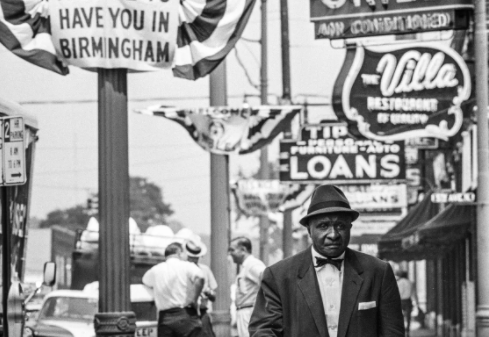
Tuscaloosa was the seat of Alabama State government from 1826 to 1846. In 1833, the legislature enacted slave codes to regulate the lives of enslaved people as well as free people of color. These codes were white views that Black people didn’t deserve basic human rights and strictly organized slave travel, education, employment, and marriage.
Tuscaloosa had pretty good Black armed self-defense during the civil rights movement, Black men with rifles and pistols often protected Black leaders.They guarded Monday night mass meetings and patrolled Black neighborhoods from white supremacist groups. Governor George Wallace in 1963 tried to prevent two Black students from entering, resulting in President Kennedy calling on the National Guard to allow them entry. This became famous as the “Stand in the Schoolhouse Door Incident.” The day marks the beginning of school desegregation in the state. Moreover, it was an event that would continue to haunt both Wallace and the state for years to come.


